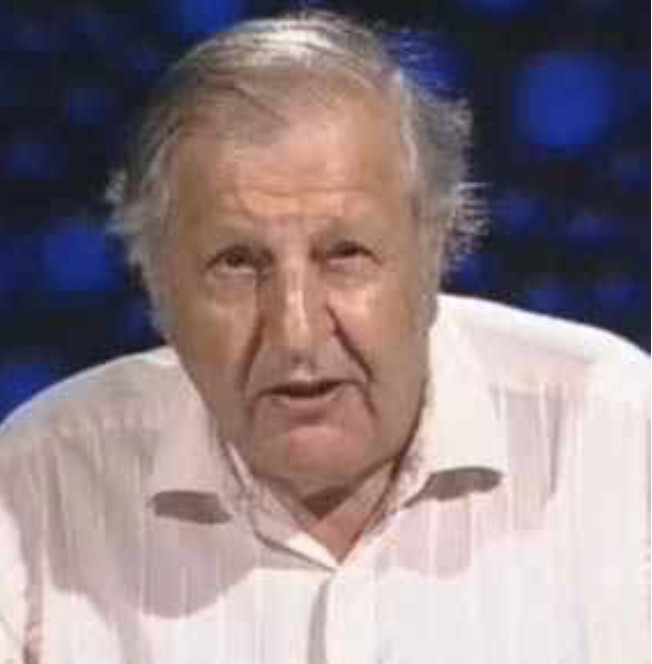
Peter Hilton was born on April 7, 1923 in London England. Describing his early interest in mathematics, he wrote: At age 10, I was run over by a Rolls Royce, no less. It was an extraordinary incident. A boy in school snatched the cap off my head and ran across the road. I was angry and ran after him. I didn’t notice the on-coming Rolls Royce. … what happened was that I had a long period of recuperation, much of which was spent in a hospital bed …I spent a lot of my leisure time doing mathematical problems …It gave me the opportunity to realize that I had this intensive love of mathematics …I recall even having unkind thoughts about visitors who came to see if I was all right, as they would interrupt me when I was really enjoying what I was doing.
In 1940, Peter graduated with a B.A. from Oxford with a major in mathematics. Since he had learned the German language, he was recruited in 1942 by Bletchley Park to work on decoding the German messages during World War II. This was the location where Alan Turing was working on decoding the German encryption known as Enigma (depicted in the 2014 movie The Imitation Game.) During this time, Hilton made important contributions in decoding the secret German messages.
In 1948 Hilton was awarded an M.A. by Oxford and, two years later, a doctorate for his thesis Calculation of the Homotopy Groups of A2n-polyhedra. He published the main results of his thesis in two papers in the Quarterly Journal of Mathematics. In addition to his contributions to mathematical research, Peter Hilton contributed to education by writing textbooks designed to pique the students’ interest in mathematics–captured in this commentary.
Just as any sensitive human being can be brought to appreciate beauty in art, music or literature, so that person can be educated to recognize the beauty in a piece of mathematics. The rarity of that recognition is not due to the “fact” that most people are not mathematically gifted but to the crassly utilitarian manner of teaching mathematics and of deciding syllabi and curricula, in which tedious, routine calculations, learned as a skill, are emphasized at the expense of genuinely mathematical ideas, and in which students spend almost all their time answering someone else’s questions rather than asking their own.
